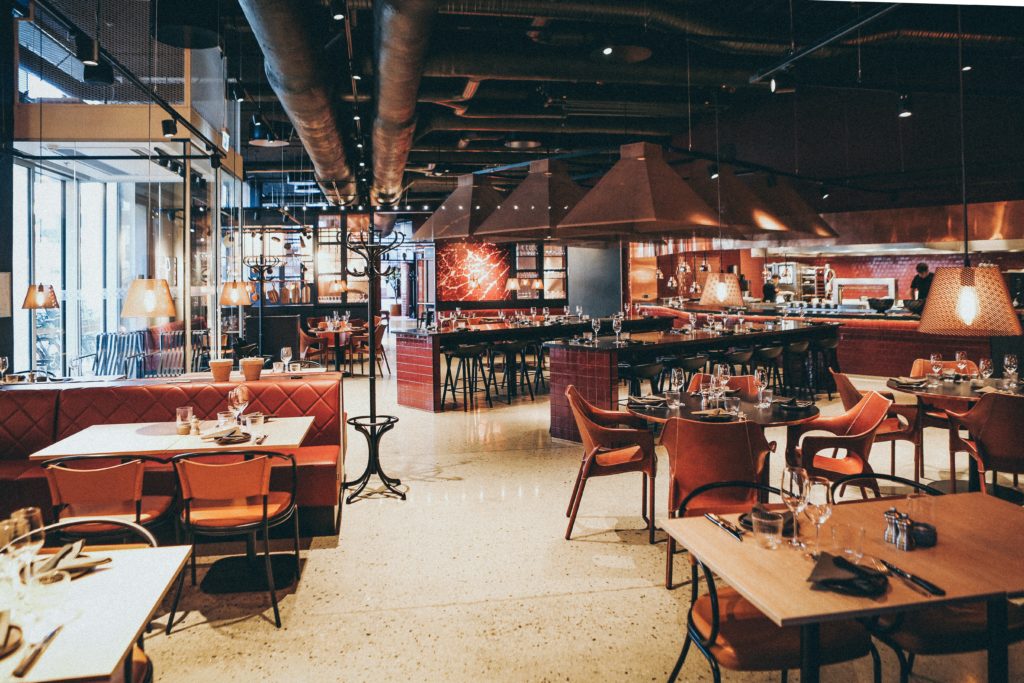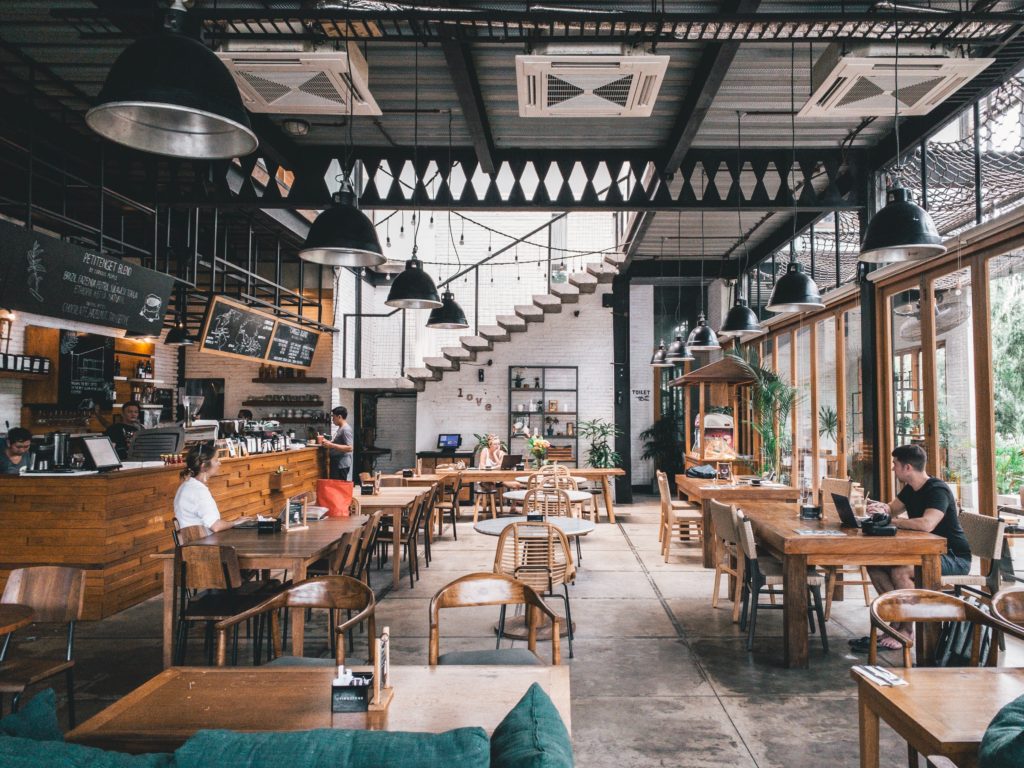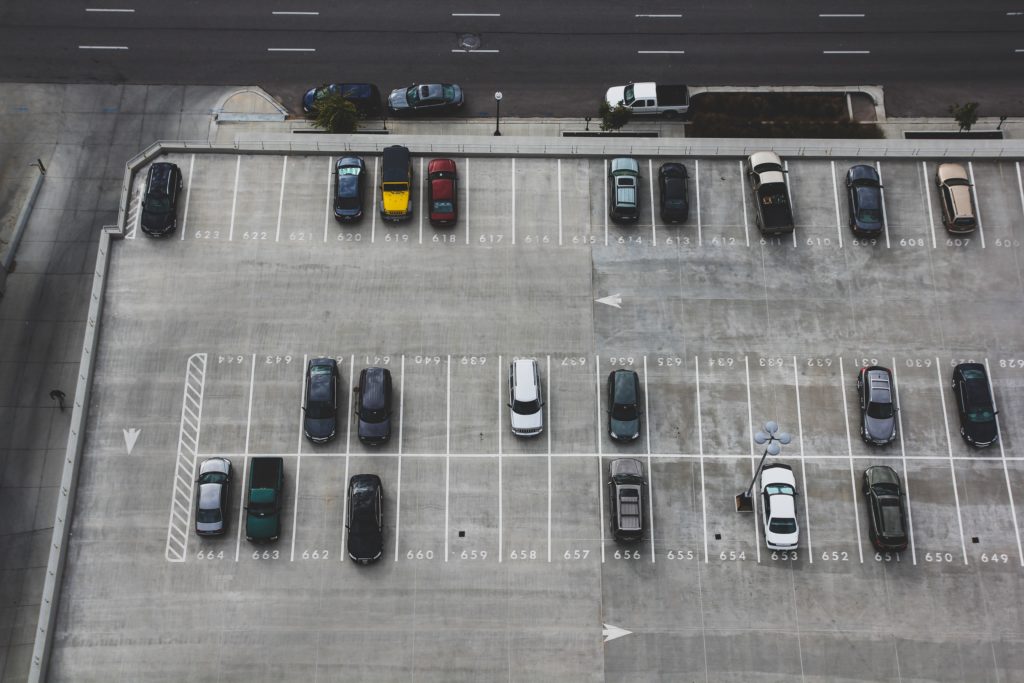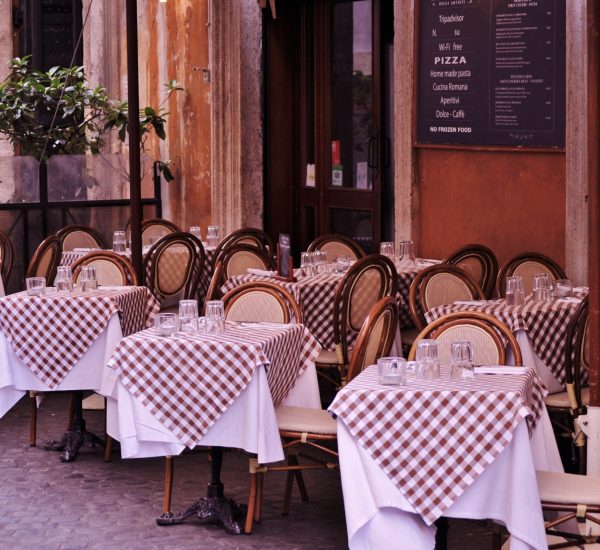Millions of people dream of starting and owning a prosperous restaurant. The keyword is “successful,” of course. In almost every case the path to entrepreneurial success begins with the selection of the right location for their new restaurant.
The classic real estate saying that goes “location, location, location” should be considered when choosing a location for your restaurant. Location affects a restaurant’s success or failure in a variety of ways, from attracting enough initial customer attention to making it convenient enough to visit. But the location of the restaurant is often interrelated with other variables, some of which are subjective, while others are not. For example, a great restaurant location must have affordable rent or there is no point in how much foot traffic the site receives.
Unfortunately, within three years, many restaurants fail and a lack of planning contributes to this harsh reality. At times, restaurants that would otherwise be successful go out of business because they are inaccessible or unknown as far as their potential customers are concerned.

Visibility and accessibility, as one might expect, have a major effect on new restaurants that are not yet established with a core of loyal customers. Restaurant owners must not get carried away with the location of others before they have done their homework on the area prior to signing a contract. You have to be sure that you are using your head as much as your heart when choosing a location.
In this article, we are going to introduce the importance of location selection for a restaurant and later we will cover some easy steps to follow in order to find the right location for your restaurant.
Why Is Location Important When Starting a Restaurant?
Choosing a location for a restaurant is all about setting your business up for success. You shouldn’t just choose the trendiest building or the cheapest listing. You need to put careful thought into where you want to establish your business. After all, your restaurant location is not something you can easily change.
Your restaurant location sets the tone for your business and adds to what customers think of your restaurant. The restaurant location determines how well you will do, therefore, choosing a location is not a task you should take lightly.
Types of Restaurants to choose from
In general, there are three types of restaurants to be considered for acquisition.
1. There are vacant restaurants already equipped with the facilities you need. Those are closed-down areas. Having acquired a location like this, all you need to do next is clean up and renovate. That could be a way to save considerable money as long as it comes close to your needs. Nevertheless, you will have to bring in a wave of freshness and put a decent marketing plan in place.
2. Another option is to consider buying an up and running restaurant. But this can be the most dangerous and ruthless option of all. Usually, there is no need to sell when a restaurant is running and is creating profit.
However, one thing that should be considered when choosing a location for your restaurant, is that you have to be wary of the owners who tell you they are exhausted and want to retire, or they have lost a beloved partner and have no interest in the place anymore. There are a variety of reasons for selling that might sound good, but you have got to dig a little deeper to figure out the real reason for the selling decision; especially if the price seems almost too good to be true.
There may be something seriously wrong with the restaurant, or maybe the property owner wants to fix nearby buildings that cause blockage of parking facilities and other issues such as noise and dust, etc.
Keep in mind that even if the place runs well, and the owner really retires, you should know that statistically, every time a restaurant takes on new management, more than half the regular customers disappear.
3. The third type will then be empty space with absolutely no facilities. If available, this could be the ideal solution since you can plan your space and organize it just the way you want. This, on the other hand, may end up costing you more money.
Now that we read all about the importance of location in the success of a restaurant business, and learned about the types of available restaurant locations, we can move on to important tips that should be considered when choosing a location for your restaurant.
Easy Steps To Find The Right Location For Your Restaurant
Not every space available for a restaurant is the right one. As we read earlier, it is harder to locate a decent restaurant location than some people think. It may look like the ideal spot- say in the heart of downtown a busy pedestrian street- but might turn out to be a total loss.

Other times a spot you would never think about putting in a restaurant in-such as in an old shoe store in a run-down mill town-turns out to be a complete success. Food and service are of course important to a restaurant’s success, but location can be just as crucial, especially in the early years. Read on for easy steps to find the right location for your restaurant.
Demographics
Not everyone enjoys the same concepts in foods or restaurants. So a demographic analysis based on information about the backgrounds of the patrons is a useful predictor of what the tastes of your customers will be. The research lets a restaurant owner make an informed choice as to whether they are in the right place.
Demographics means data about a given population. The data may include a number of categories, such as age, gender, ethnicity, religion, size of the household, marriage status, income, and level of education, just to name a few. Demographics also inform us a lot about purchasing habits and gastronomic behaviors.
Every restaurant location in its immediate neighborhood has a different demographic makeup. This makeup is made up of local staff and people, and others, such as visitors. Our tool Maptize provides this data in a readily available way, contact us to see how we can help! Connecting the data to eating habits may however require more work, but the extra effort is well worth it.
However, we can draw general conclusions. Be aware that exceptions always exist, and a little local knowledge will bring fresh insights into your demographic research. The patterns below show how the restaurant industry can be impacted by demographics:
● The total population, affluence of customers, and surrounding rival restaurants affect the chances of success of a restaurant.
● Graduates from college and young professionals are adopting emerging trends like sustainable sourcing, lighter menus, and vegetarian options.
● High crime rates could discourage customers from choosing to dine in risky neighborhoods.
● Families prefer restaurants nearby, with easy parking, relaxing atmospheres, and activities available for their children.
● Growing older changes, the eating tastes of people, as older people seek less fresh cuisines and concepts.
● Older diners like convenience, parking nearby, affordable meals, spacious dining areas, and places to meet with friends.
● Restaurants in neighborhoods with elderly residents can have trouble with slower table-turnover speed.
Restaurant owners cannot claim to drastically alter the habits of a demographic population but can find the right customers for their concept and cuisine. Without knowledge of local demographics, you cannot do that.
Parking Is a Necessity
Everyone is lazy. There is simply no way around it. When they have to travel a reasonable distance to get to your restaurant, they may prefer to go to a “more convenient” location. When you live in an urban area where everyone walks and there are public transports, this issue is less of an issue. If you are thinking of an out-of-town restaurant location, in a place where you need to drive to get there, you’d better have parking available. If your restaurant location does not come with a big parking lot, is there a municipal parking lot nearby for patrons to use?

Foot or Vehicular Traffic Amount
Each sidewalk or road has its own unique features. Busy roads mean more eyeballs, but highways also lead to potential customers missing the facades or sign of the restaurant. Sidewalks are not created equal since some of them go unused while others are always brimming with people. Traffic is crucial for attracting possible street customers. High traffic in some places means busy people who may not notice your restaurant or stop for a long enough time to read your signs.
In order to anticipate any potential problems, you should observe the traffic patterns around the location prior to choosing a space. Make sure that traffic on weekdays and weekends is checked both day and night. Otherwise, you could not get a steady supply of customers all day or week.
Size Is Very Important
Even the smallest bistro or coffee shop requires enough room for a kitchen, a walk-in refrigerator, dry storage, and a paperwork office. Your dining room needs a wait-station space, and perhaps a bar. What looks like a large rental room will easily fill up with all the equipment required for opening a restaurant.
Place Safety First
One of the first steps in choosing a restaurant location is realizing whether or not the building is up to code. Does it have proper wiring, fire alarms, sprinkler systems, doors that are handicapped accessible, restrooms, ramps, etc.? A walk with your local code compliance officer around the building will help you find out what needs to be done to any space prior to opening a restaurant.
Know Your Neighbors
Consider who else is doing business in the same neighborhood, when looking for a restaurant location. Are there half a dozen restaurants that have the same concept as yours? Is the area busy or lined with empty storefronts? Successful businesses draw other successful businesses to themselves.
It Is Possible To Negotiate a Restaurant Lease
Many people are surprised to learn they can haggle over a lease with prospective landlords. Not only about the monthly rent, but also in regards to who pays for things such as heat, snow removal, lawn care, general maintenance, etc.. When looking to rent out restaurant space, do not be afraid to ask for concessions.
Try Not To Be Impulsive
You can visit one spot and immediately decide that it is “the one.” Make sure to visit multiple sites before you start sketching out the dining room! And visit prospective restaurant sites during various times of days, weekdays, and weekends. Is the area really busy during the workday, for example, and dead at night and on weekends? When selecting a restaurant space patience pays off.
Be Aware of The Commitment You Are About to Make
Consider the consequences if the restaurant fails, before signing a multi-year contract. Thinking about it is not pleasant, but if you are roped into a five or a ten-year lease, your landlord can still demand monthly rent, even if you are out of business. Request the start of a one- or two-year contract. When a profitable restaurant has been established you can sign a longer-term contract.
Conclusion
Lastly, consider that it is important to evaluate your future business objectively, being realistic and judgmental in every step. Once again, do not make an emotional decision, you need to calculate and weigh everything, and then your restaurant will work stably and profitably. We explained everything that should be considered when choosing a location for your restaurant, keep them in mind when answering the question of how do I choose the right location for my business.


